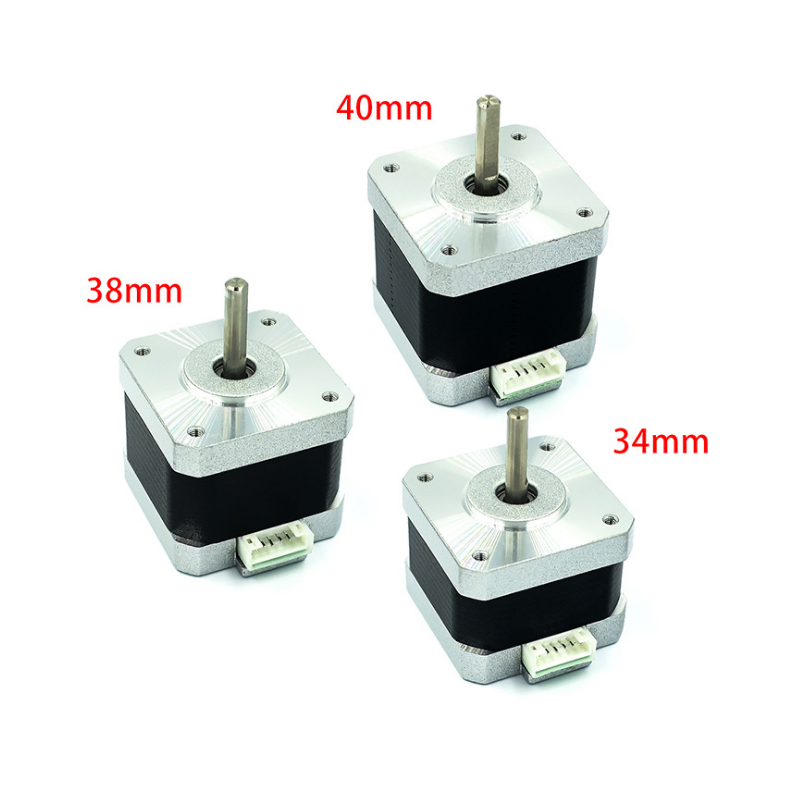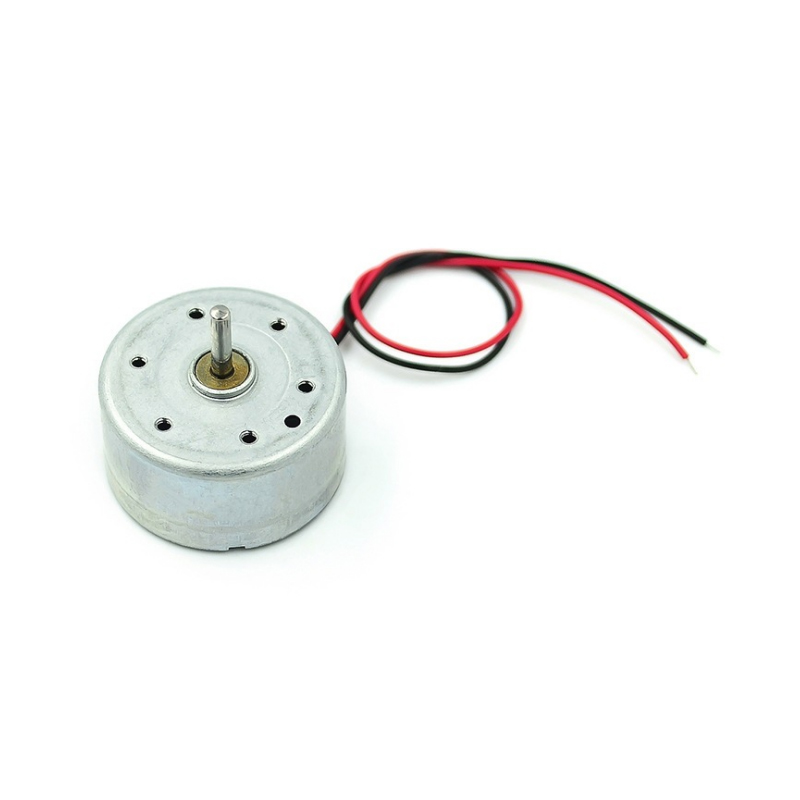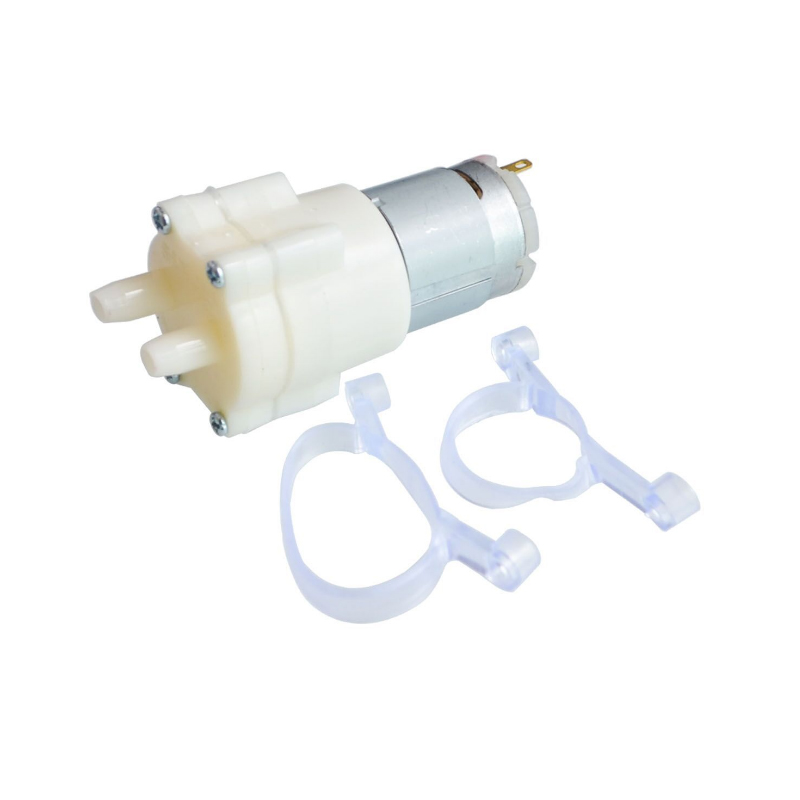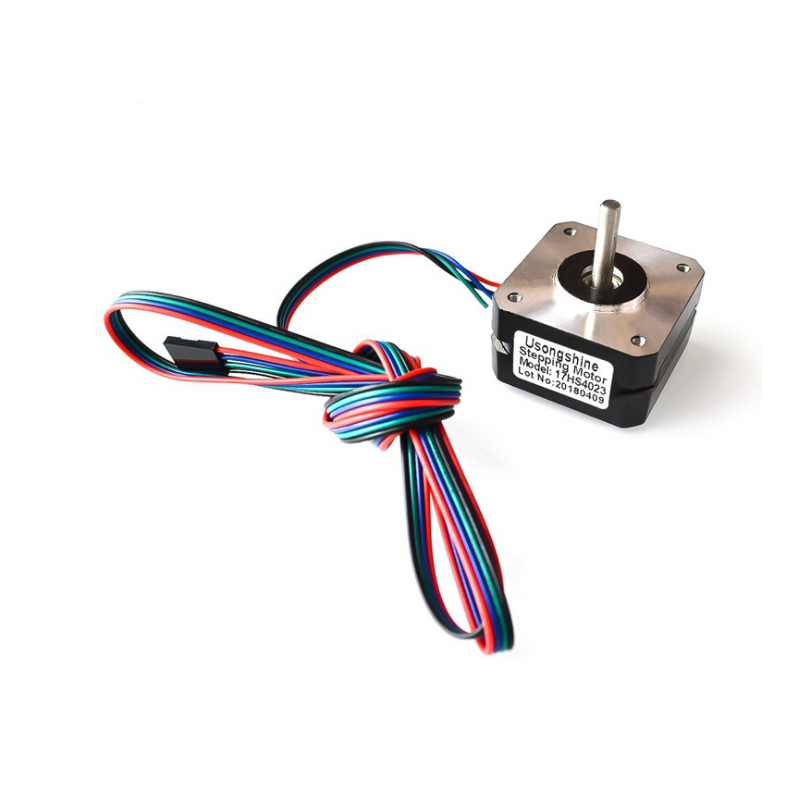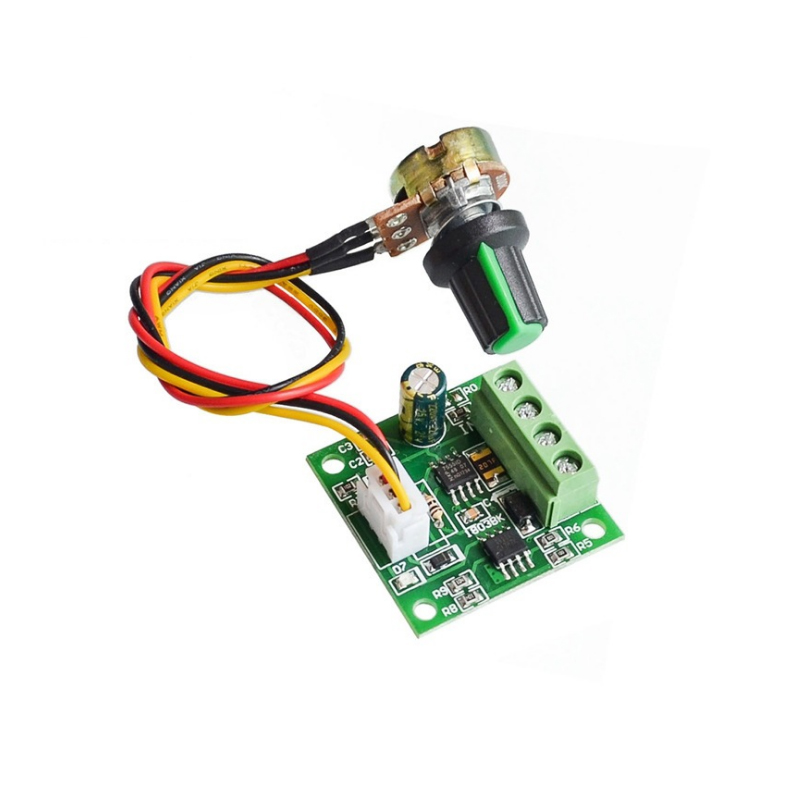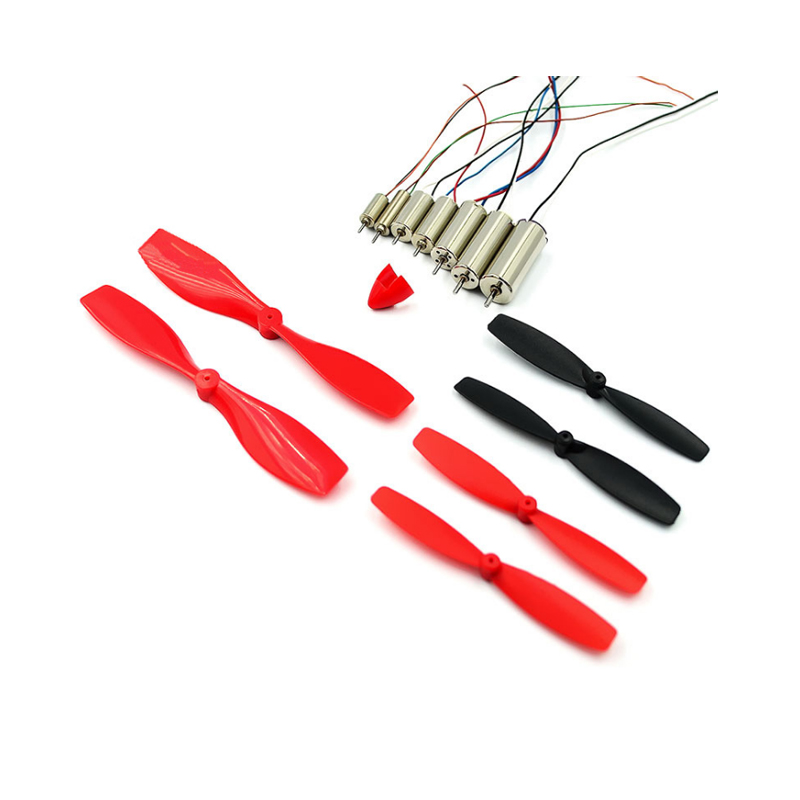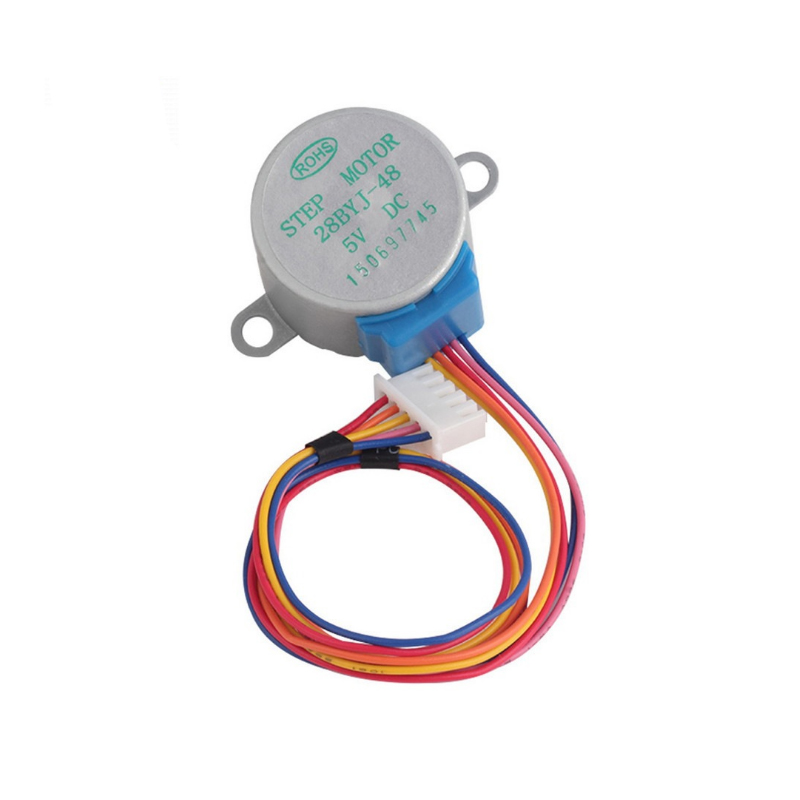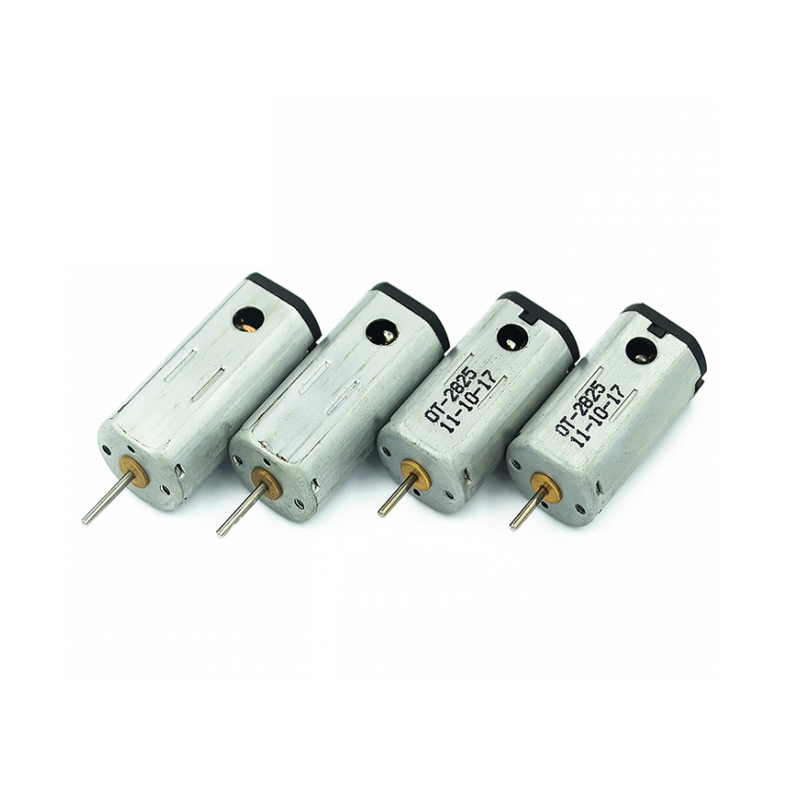Arduino DC motors
Arduino DC motors can be divided into large, medium and small DC motors according to their specifications. The motor with the outer diameter of armature core above 990mm is a large DC motor; The motor with the outer diameter of armature core of 368 ~ 990mm is a medium-sized DC motor; Motors with center height of 400mm and below or armature core outer diameter of 368mm and below are small DC motors.Hobby Motor。plastic gear motor
Technical requirements for control DC motor using Arduino:
1. Maintenance requirements for motor base, end cover and bearing
(1) The base and end cover shall be free of crack and deformation, and the oil pipe and oil plug shall be complete and unblocked.
(2) The terminal block shall be clean and free of cracks. The terminal shall be free of looseness, skew and overheating burn marks, and the bolts shall be intact. The insulation resistance between terminals and to ground shall meet the limit requirements.
(3) The bearing rotates flexibly and stably without abnormal sound. The raceway and rolling element shall be free of crack, peeling, grinding pile, pitted surface and corrosion. The cage is intact.
(4) There shall be no looseness in the fit between the inner and outer rings of the bearing and the shaft, the bearing chamber of the end cover and the fit between the end cover and the base. It is strictly prohibited to deal with the looseness by knurling or padding. During reinstallation, the matching size shall meet the technical requirements.
2. Maintenance requirements for motor stator
(1) The stator core shall be free of looseness and displacement, and the slot wedge shall be fastened without crack. The iron core of DC motor shall be closely attached to the base, and the mutual deviation of the distance between the tips of each main pole shall not exceed the limit.
(2) The winding shall be clean and fastened, and the insulation shall be in good condition. The lead wire shall be fixed reliably, and the damaged area shall not exceed the limit. The wiring terminal shall be flat and in good condition.
(3) The insulation resistance to ground and withstand voltage test to ground of stator winding shall meet the limit requirements. During the secondary intermediate repair of the motor, the stator winding shall be cleaned and dipped in paint.
3. DC motor armature maintenance requirements
(1) The armature core and shaft shall not be loose or displaced, the self cooling fan shall be intact, and the balance weight shall not be loose.
(2) When the mating surface of armature shaft is smooth, damaged beyond the limit or loosely matched with bearing, coating repair is allowed. However, welding repair and nesting are not allowed.
(3) The insulation at the end of armature winding shall be clean and intact, and the binding wire shall not be damaged or loose. The slot wedge shall not be cracked or loose. The insulation resistance of winding to ground meets the limit.
(4) The surface of the commutator shall be smooth without strain, and the wear and runout of the commutator diameter shall not exceed the limit. There shall be no dirt in the mica groove, and the undercut depth and chamfer shall meet the limit requirements. Commutator surface lathing roughness ruler. Value not higher than 1.6 μ m。
(5) There shall be no short circuit or open circuit between commutators, and there shall be no open welding on the lifting plate. For the armature with poor commutator or tin throwing and open welding and the armature with replaced winding, the inter plate voltage shall be measured, and the difference between the voltage value and the average value shall not exceed ± 5% of the average value.
4. Maintenance requirements for brush holder of DC motor
(1) All parts of the brush holder shall be clean and free of cracks. The pressure finger of brush box and spring shall be free of fracture or fatigue. The wire insulation of brush holder shall be in good condition, and the defect of wire section shall not exceed the limit.
(2) The brush shall not be cracked, the brush braid shall not be overheated and loose, and the damage of the brush contact surface and the damage of the brush braid shall not exceed the limit. The length of the brush, the gap between the brush and the brush box and the brush pressure meet the limit requirements.
5. Assembly requirements of DC motor
(1) the inside and outside of the unit shall be clean, and the marks shall be correct and clear. Accessories are complete and complete, all fasteners are fastened, and wiring is correct and firm.
(2) The armature rotates flexibly, and the circular jump at the midpoint of the shaft extension shall not exceed the limit. control servo motors with Arduino board
(3) Brushes of the same manufacturer must be used for the same motor. The contact area between the brush and the commutator, the distance and parallelism between the bottom surface of the brush box and the commutator surface meet the limit requirements. The position of brush neutral wire is correct. FBelec: Mini Electric Hobby Motor, Small Dc Toy Motor.miniature electric motors



